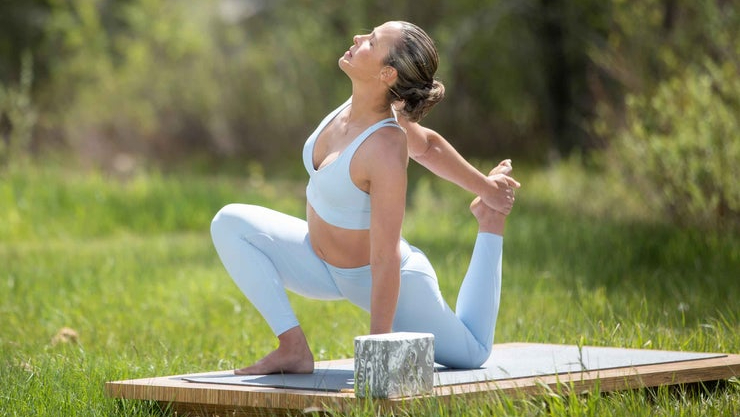Exploring the Integration of Yoga and Martial Arts in Hong Kong
The integration of yoga and martial arts can offer a holistic approach to physical fitness, mental well-being, and personal development. This instructional guide explores the possibilities of integrating yoga class hk and martial arts in Hong Kong, highlighting the benefits, considerations, and practical tips for combining these disciplines.

- Benefits of Integrating Yoga and Martial Arts:
- Physical Fitness and Flexibility: Yoga enhances flexibility, strength, and body awareness, which are beneficial for martial arts training. Integrating yoga into martial arts practice can improve overall physical fitness and enhance performance.
- Mental Focus and Mindfulness: Yoga promotes mental clarity, focus, and mindfulness, qualities that are valuable in martial arts training. The integration of yoga can help practitioners develop a calm and centered mind, enhancing their martial arts skills.
- Injury Prevention and Recovery: Yoga helps improve body alignment, balance, and joint mobility, reducing the risk of injuries during martial arts practice. Additionally, yoga can aid in the recovery and rehabilitation of martial arts-related injuries.
- Emotional Regulation and Stress Reduction: Both yoga and martial arts provide techniques for managing stress and cultivating emotional well-being. Integrating yoga into martial arts training can enhance stress reduction, emotional regulation, and overall mental resilience.
- Considerations for Integration:
- Style Compatibility: Consider the compatibility of yoga and martial arts styles to ensure a harmonious integration. Some martial arts styles, such as Tai Chi or Aikido, naturally align with the principles of yoga. Find a suitable combination that complements each other’s philosophies and techniques.
- Instructor Expertise: Seek instructors with expertise in both yoga and martial arts. They should have a deep understanding of the principles, techniques, and alignment of both disciplines to guide practitioners effectively.
- Gradual Integration: Introduce yoga elements gradually into martial arts training, allowing participants to adapt and integrate new practices. Start with simple warm-up routines or post-class stretches inspired by yoga before progressing to more integrated sessions.
III. Practical Tips for Integration:
- Warm-Up and Cool-Down: Begin each martial arts session with a yoga-inspired warm-up to prepare the body and mind for training. Incorporate dynamic stretches, breathwork, and joint mobilization exercises. Conclude the session with a yoga-inspired cool-down to promote relaxation and recovery.
- Breathing and Mindfulness Practices: Integrate breathing exercises and mindfulness practices from yoga into martial arts training. Encourage practitioners to focus on breath awareness, centering techniques, and mindfulness during drills and sparring.
- Alignment and Body Awareness: Emphasize proper body alignment, posture, and body awareness during martial arts practice. Draw from yoga’s emphasis on alignment principles, such as engaging the core, maintaining a neutral spine, and grounding through the feet.
- Partner Work and Assists: Incorporate partner work and assists inspired by yoga. These can include partner stretches, balance drills, or gentle assists to enhance technique and deepen the connection between practitioners.
Conclusion:
The integration of yoga class hk and martial arts in Hong Kong offers numerous benefits, including improved physical fitness, mental focus, injury prevention, and stress reduction. By considering style compatibility, instructor expertise, and gradual integration, practitioners can experience the synergistic effects of these practices. The practical tips provided in this instructional guide serve as a starting point for exploring the integration of yoga and martial arts, ultimately enhancing the overall well-being and training experience in Hong Kong.

